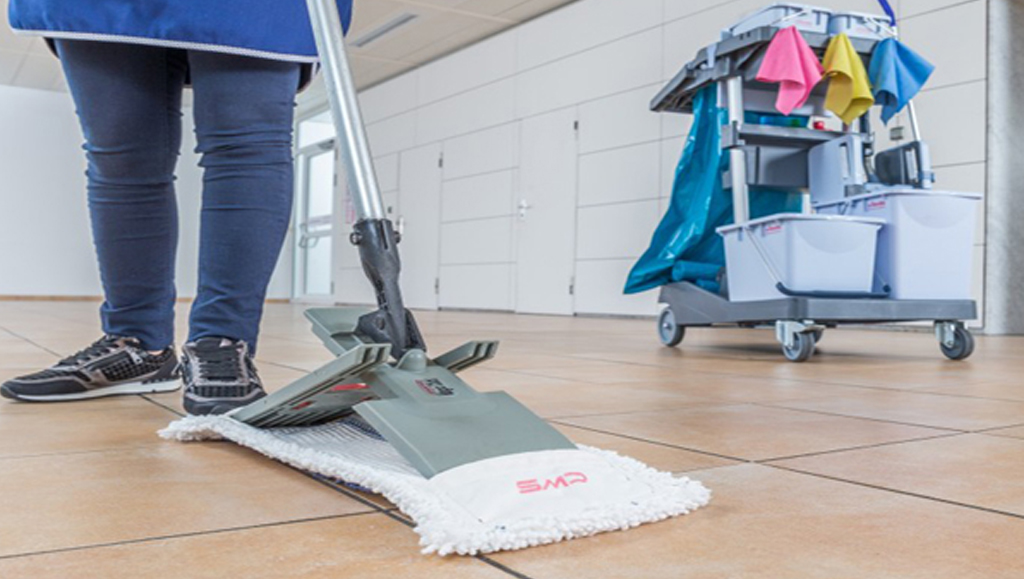Cleaning is the process of removing unwanted substances, such as dirt, infectious agents, and other impurities, from an object or environment. Cleaning occurs in many different contexts, and uses many different methods. Several occupations are devoted to cleaning.
CLEANING METHODS
Cleaning is broadly achieved through mechanical action and/or solvent action; many methods rely on both processes.
- Washing, usually done with water and often some kind of soap or detergent
- Pressure washing, using a high-pressure stream of water
- Abrasive blasting, typically used to remove bulk material from a surface, may be used to remove contaminants as well
- Acoustic cleaning, the use of sound waves to shake particulates loose from surfaces
- Ultrasonic cleaning, using ultrasound, usually from 20–400 kHz
- Megasonic cleaning, a gentler mechanism than ultrasonic cleaning, used in wafer, medical implant, and industrial part cleaning
- Carbon dioxide cleaning, a family of methods for parts cleaning and sterilization using carbon dioxide in its various phases
- Dry cleaning of clothing and textiles, using a chemical solvent other than water
- Flame cleaning of structural steel with an oxyacetylene flame
- Green cleaning, using environmentally friendly methods and products
- Plasma cleaning, using energetic plasma or dielectric barrier discharge plasma created from various gases
- Sputter cleaning, performed in a vacuum by using physical sputtering of the surface
- Steam cleaning, in both domestic and industrial contexts
- Thermal cleaning, in industrial settings, involving pyrolysis and oxidation
- Wet cleaning, methods of professional laundering that avoid the use of chemical solvents
